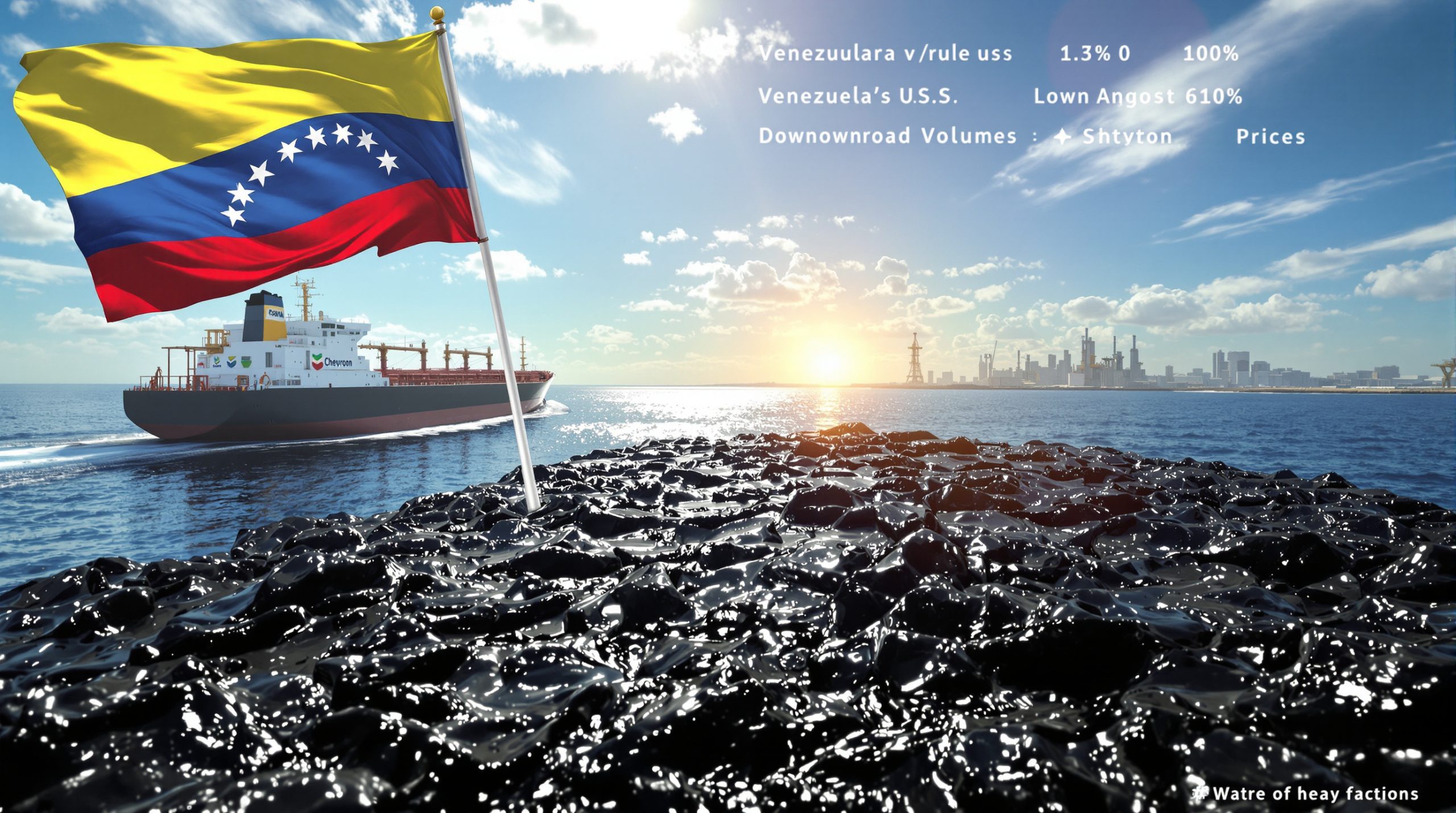What's Happening with Iron Ore Concentrate Prices in Tangshan?
The iron ore concentrate market in Tangshan is currently experiencing remarkable price stability despite broader market uncertainties. According to the latest SMM Steel market report, prices for 66% grade iron ore concentrates are holding steady at 880-885 yuan/mt (dry basis, including tax and delivery costs). This stability comes amid complex market conditions that would typically introduce volatility into commodity pricing.
"The overall operating rate in the local area remains at a low level, and the overall supply of iron ore concentrates is relatively tight, providing some support for iron ore concentrate prices," notes the latest SMM Steel market assessment published on July 16, 2025.
Current Price Stability with Potential Upward Movement
Industry analysts are closely watching the Tangshan market as several indicators suggest potential for modest price increases in the near term. The current price range has maintained remarkable consistency despite regional environmental inspection activities that often disrupt production cycles and pricing patterns.
The stability appears to be built on structural factors rather than temporary market conditions, with the balance between tight supply and steady demand creating a floor for current pricing levels. Market participants report that price negotiations have narrowed to smaller ranges, indicating consensus on fair value in the current environment.
Supply-Side Factors Supporting Price Stability
The production landscape across Tangshan mining operations reveals a persistent trend of restrained output. Mining facilities continue to operate significantly below their designed capacity, creating a fundamental supply constraint that supports current pricing.
Resource availability remains notably limited, with several factors contributing to this supply-side pressure:
- Reduced operating rates at local mines (significantly below historical norms)
- Transportation bottlenecks affecting material movement
- Limited inventory buildup at production sites
- Seasonal maintenance schedules impacting availability
These supply constraints create an environment where even modest demand can maintain price stability, with potential for upward movement should any additional supply disruptions occur.
Why Are Tangshan Iron Ore Concentrate Prices Poised for Growth?
While the SMM market report indicates "limited upside potential" rather than dramatic growth, several fundamental factors suggest iron ore price trends have room for modest appreciation. This assessment is based on both supply-side constraints and demand resilience observed in the market.
Supply Constraints Creating Market Pressure
The continued operation of regional mining facilities at reduced capacity levels has created a persistent supply limitation that underpins current pricing. This operational constraint appears structural rather than temporary, with several mines unable to significantly increase output in the short term.
According to the SMM market assessment, "iron ore concentrate resources remain relatively tight," a condition that establishes favorable conditions for producers in price negotiations. This tightness manifests in several measurable ways:
- Limited spot availability for immediate delivery
- Extended lead times for new orders
- Reduced flexibility in delivery scheduling
- Higher premiums for guaranteed supply contracts
The impact of these supply constraints is amplified by logistical challenges that further restrict material flow, including transportation capacity limitations and regional infrastructure bottlenecks that affect timely deliveries.
Demand Dynamics Remain Robust
Perhaps most surprising to market observers is the resilience of demand despite heightened environmental oversight. The SMM report highlights that "while environmental protection inspections have intensified, most local steel mills continue normal production with hot metal output remaining at high levels."
This production continuity creates steady demand for high-quality iron ore concentrates, particularly the 66% grade that serves as the regional benchmark. Steel mills appear to be prioritizing production continuity while finding ways to comply with environmental requirements, rather than reducing output.
The demand strength is further evidenced by:
- Consistent procurement patterns from major steel producers
- Maintenance of production schedules despite regulatory pressures
- Strategic inventory management to ensure uninterrupted operations
- Preference for reliable domestic supply over import dependencies
This combination of constrained supply and resilient demand creates the fundamental conditions that support the "limited upside potential" noted in the SMM market assessment.
How Are Futures Markets Influencing Concentrate Prices?
The physical iron ore concentrate market in Tangshan doesn't operate in isolation but is increasingly influenced by dynamics in the futures markets. According to the SMM report, there is a "recent bullish trend in iron ore futures prices" that is contributing to the market outlook for physical concentrate prices.
Bullish Futures Sentiment Providing Support
The positive momentum observed in iron ore futures trading is creating a supportive backdrop for physical market negotiations. This futures strength signals market confidence in medium-term iron ore fundamentals, which in turn influences spot market psychology and pricing expectations.
The bullish sentiment in futures markets manifests in several observable ways:
- Upward price trends in near-month contracts
- Increased trading activity at higher price levels
- Growing open interest indicating new position establishment
- Technical indicators suggesting continued upward momentum
While the SMM report doesn't provide specific futures price levels, the bullish characterization indicates prices are trading above recent averages with positive momentum. This creates an environment where physical market participants may be more willing to accept current price levels in anticipation of potential further strength.
Market Correlation Between Futures and Physical Pricing
The relationship between futures market movement and physical transaction pricing has strengthened in recent years, creating a more integrated price discovery mechanism. The futures market influence operates through several channels:
- Price benchmarking where physical contracts reference futures settlement prices
- Risk management activities by both producers and consumers
- Sentiment spillover affecting negotiation psychology
- Arbitrage opportunities between physical and paper markets
This growing integration means that the bullish futures trend noted in the SMM report provides genuine support for physical market prices rather than merely representing speculative activity. Market participants increasingly view the futures curve as a valuable indicator of future physical market conditions.
Market Insight: The futures market influence on physical pricing has evolved beyond simple correlation to become an integral part of price formation, with many physical contracts now directly indexed to futures settlement prices with adjustment factors for quality and location.
What Environmental Factors Are Affecting the Tangshan Market?
Environmental considerations have become a central factor in the Tangshan iron ore and steel market, with regulatory oversight significantly influencing operational decisions. The SMM report specifically notes that "environmental protection inspections have intensified" across the region, creating a complex compliance landscape for both mining operations and steel producers.
Regulatory Oversight and Production Impact
The intensified environmental inspection regime creates operational challenges throughout the iron ore value chain. These inspections typically focus on emissions standards, waste management practices, and compliance with production restrictions during high-pollution periods.
Despite these challenges, the SMM report indicates a surprising resilience in production, noting that "most local steel mills continue normal production with hot metal output remaining at high levels." This suggests that producers have developed effective strategies to maintain output while addressing environmental compliance requirements.
The regulatory environment creates several market dynamics:
- Selective production curtailment during peak inspection periods
- Investment in emissions reduction technologies
- Preference for higher-grade inputs that reduce pollution intensity
- Operational adjustments to minimize environmental footprint
These environmental factors contribute to the market tightness by constraining production flexibility and adding compliance costs that must be absorbed in the value chain.
Adaptation Strategies by Market Participants
The persistence of high production levels despite environmental pressures indicates sophisticated adaptation strategies by market participants. Steel producers appear to be implementing solutions that allow production continuity while demonstrating regulatory compliance.
These adaptation strategies include:
- Scheduling maintenance during high-scrutiny periods
- Investing in emissions control technologies
- Optimizing raw material blending to reduce environmental impact
- Developing improved operational procedures to minimize pollution
The ability of steel producers to maintain "normal production" and "high levels" of hot metal output despite intensified environmental inspections demonstrates the industry's adaptability in balancing regulatory compliance with production requirements.
What's the Short-Term Outlook for Iron Ore Concentrate Prices?
The near-term trajectory for iron ore concentrate prices in Tangshan shows signs of stability with modest upside potential. According to the SMM market assessment, "local iron ore concentrate prices are projected to have limited upside potential in the short term."
Price Projection Indicators
Multiple factors suggest that while dramatic price increases are unlikely, the market fundamentals support the current price level with potential for modest appreciation:
- Persistent supply tightness due to low operating rates
- Continued steady demand from steel producers
- Supportive sentiment from futures markets
- Limited inventory buildup throughout the supply chain
This combination creates what SMM characterizes as "limited upside potential" – not dramatic growth but rather a modest upward bias in an otherwise stable market. The price stability at 880-885 yuan/mt provides a solid foundation from which incremental increases could emerge.
The projection for limited upside rather than significant growth suggests that while the fundamental supply-demand balance favors sellers, there are counterbalancing factors that prevent more substantial appreciation.
Factors to Monitor for Price Movement
Market participants should closely watch several key indicators that could influence price movements in the coming weeks:
- Changes in mine operating rates – Any further reduction would tighten supply
- Environmental inspection intensity – Increased scrutiny could affect production
- Steel mill production levels – Continued high output sustains demand
- Futures market positioning – Shifts in sentiment could alter market psychology
- Inventory levels – Drawdowns would indicate strengthening fundamentals
These variables will determine whether the "limited upside potential" materializes into actual price increases or whether the market maintains the current stability at 880-885 yuan/mt.
Market Insight: The combination of tight supply fundamentals with steady demand creates a floor for prices, while limited inventory and supportive futures sentiment provide potential catalysts for modest appreciation. This balanced dynamic explains the "limited upside potential" assessment from market analysts.
How Does Tangshan's Market Compare to National Trends?
The Tangshan iron ore concentrate market exhibits distinct characteristics that differentiate it from broader national patterns. While the SMM report doesn't provide explicit comparative analysis, understanding Tangshan's position in the national context is essential for comprehensive price forecast analysis.
Regional vs. National Price Differentials
Tangshan's unique position as a major steel production hub creates market dynamics that can diverge from national averages. The regional pricing for 66% grade iron ore concentrates at 880-885 yuan/mt reflects local supply-demand balances that may differ from other production centers.
Key factors influencing regional price differentials include:
- Transportation costs from mine to steel mill
- Quality specifications and grade requirements
- Local environmental regulatory intensity
- Regional production concentration and specialization
These factors create price relationships between Tangshan and other markets that fluctuate based on changing conditions in each location. The current price stability in Tangshan may not be mirrored in other regions facing different supply constraints or demand patterns.
Market Integration Dynamics
While regional price differences exist, there are mechanisms that create connections between Tangshan and national market trends:
- Material flow between regions when price differentials exceed transport costs
- Benchmark pricing influence across regions
- Similar regulatory frameworks affecting multiple production centers
- Shared macroeconomic factors influencing overall steel demand
The relationship between Tangshan's concentrate prices and national trends represents a balance between local market factors and broader influences that affect the entire industry. This interplay creates opportunities for market participants who can navigate both regional dynamics and national trends.
FAQ: Tangshan Iron Ore Concentrate Market
What grade of iron ore concentrate is primarily traded in Tangshan?
The Tangshan market primarily trades 66% grade iron ore concentrates, which serve as a benchmark for pricing in the region. This grade offers an optimal balance of iron content and processing requirements for local steel mills. The current price range of 880-885 yuan/mt specifically references this grade on a dry basis, including tax and delivery costs.
How do environmental regulations affect iron ore concentrate pricing?
Environmental regulations impact pricing through production constraints at mining operations, creating supply limitations while demand remains steady. The SMM report specifically notes that "environmental protection inspections have intensified," yet most steel mills continue normal production. This regulatory pressure contributes to the "relatively tight" supply conditions mentioned in the market assessment.
What is the relationship between domestic concentrate prices and imported ore prices?
Domestic concentrate prices maintain a correlation with imported ore prices but often trade at different levels due to quality differentials, transportation costs, and immediate availability advantages. Local supply-demand dynamics in Tangshan, characterized by "low operating rates" and "relatively tight" supply, can temporarily create divergence between domestic and import markets.
How quickly do Tangshan prices respond to changes in futures markets?
The SMM report indicates that the "recent bullish trend in iron ore futures prices" is already influencing the physical market outlook. This suggests a relatively responsive relationship between futures movements and physical price expectations. The integration between futures sentiment and physical pricing has strengthened in recent years, with price adjustments typically flowing through to physical negotiations within trading cycles.
Table: Tangshan Iron Ore Concentrate Price Comparison
| Time Period | 66% Grade Price (yuan/mt) | Market Sentiment | Supply Condition | Demand Status |
|---|---|---|---|---|
| Current | 880-885 | Stable-Positive | Tight | Strong |
| Previous Week | 875-880 | Neutral | Tight | Strong |
| Previous Month | 870-880 | Cautious | Moderate | Moderate |
| Year-to-Date Average | 860-890 | Mixed | Variable | Fluctuating |
Market Insight: The persistent low operating rates at local mining operations have created a sustained supply constraint that continues to provide fundamental support for iron ore concentrate prices in the Tangshan area, even as environmental inspections intensify across the steel industry. This underlying tightness explains why prices may rise slightly in the near term despite broader market uncertainties.
The combination of structural supply limitations with resilient steel production demand creates conditions where "prices of iron ore concentrates in Tangshan area may rise slightly" as suggested by current market fundamentals. While dramatic price increases appear unlikely, the balance of factors supports the "limited upside potential" assessment provided by industry analysts. Recent miner demand insights suggest this trend could continue, though some experts caution about potential price decline analysis in the longer term. Furthermore, recent haulage operations updates indicate improving logistics may help address some supply constraints.
Ready to Stay Ahead of Iron Ore Market Movements?
Don't miss crucial price movements and market intelligence that could impact your investment decisions. Discover Alert's proprietary Discovery IQ model delivers real-time notifications on significant mineral discoveries and market developments, turning complex data into actionable insights. Visit our discoveries page to see how early alerts can transform your investment outcomes.




